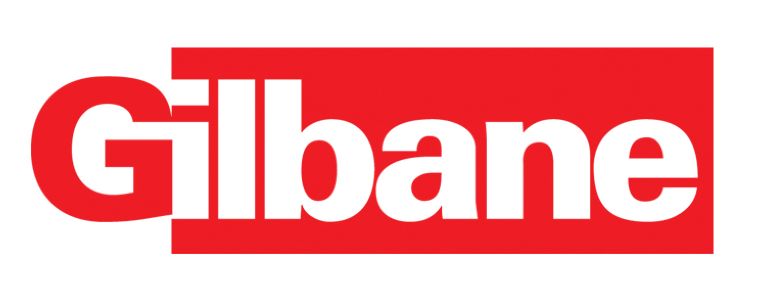Gilbane Building Company announced the promotion of two new executive vice presidents to its leadership team. Dennis Cornick and Thomas Laird have joined Gilbane's executive ranks to further the company's efforts toward continued growth both domestically and internationally.
A 22-year veteran of Gilbane, Dennis Cornick has been named executive vice president and national director of sales and marketing. In this position, he will help drive the growth of the organization and set strategies to complement Gilbane's operational excellence efforts.
Cornick has a long track record of success at both the regional and national levels. He has served as a senior vice president and national
director of sales and marketing for the last several years. As an EVP, Cornick will continue to champion a robust one-company approach to sales and national accounts.
Thomas Laird has also been promoted to executive vice president. Laird will continue to be responsible for Gilbane's Central region, which has
enjoyed significant growth under his leadership, and will now also assume operational responsibility of the Midwest and Delaware Valley regions as well as Gilbane's CAT Response consulting service.
Laird is a 27-year veteran of Gilbane who joined the company as a management trainee in 1986 and progressed through a number of
construction operations and leadership assignments, including regional manager of business development in the Mid-Atlantic Region, district manager in the Cleveland office and vice president, regional manager of Gilbane's Central region and senior vice president. +
Related Stories
Transit Facilities | Feb 4, 2015
London mayor approves plan for a bicycle highway
The plan will guarantee bike riders a designated stretch of street to ride from east to west through the city.
Sports and Recreational Facilities | Feb 4, 2015
Arup unveils plans for the new A.C. Milan stadium
The venue will include a modern stage for the home matches together with a hotel, sports college, restaurants, children’s playground, green areas, and spaces open to the city and dedicated to public use.
Higher Education | Feb 3, 2015
Integrated Learning Neighborhoods: A solution for linking student housing with the typical student experience
Just as urban housing fits into the city as a whole, student housing can be integrated into the campus network as a series of living/learning neighborhoods, write Gensler's Brian Watson and Mark McMinn.
Office Buildings | Feb 3, 2015
5 trends transforming workplace design
RTKL's workplace design expert Jodi Williams foresees healthier and more technologically enabled offices that allow productive worker interaction, wherever they happen to be.
Architects | Feb 3, 2015
Frank Lloyd Wright’s work nominated for UNESCO World Heritage Status
If selected, Wright’s work will be the first examples of U.S. modern architecture on the list.
Contractors | Feb 3, 2015
Nonresidential construction spending expands in December 2014
Seven of 16 nonresidential construction subsectors posted increases in spending in December on a monthly basis.
Office Buildings | Feb 3, 2015
Bjarke Ingels' BIG proposes canopied, vertical village for Middle East media company
The tensile canopy shades a relaxation plaza from the desert sun.
Fire-Rated Products | Feb 3, 2015
AIA course: Fire and life safety in large buildings
Earn 1.0 AIA/CES learning units by studying this article and successfully completing the online exam.
Multifamily Housing | Feb 2, 2015
D.C. developer sees apartment project as catalyst for modeling neighborhood after N.Y.'s popular High Line district
It’s no accident that the word “Highline” is in this project’s name. The goal is for the building to be a kind of gateway into the larger redevelopment of the surrounding neighborhood to resemble New York’s City’s trendy downtown Meatpacking District, through which runs a portion the High Line elevated park.
Healthcare Facilities | Feb 1, 2015
7 new factors shaping hospital emergency departments
A new generation of highly efficient emergency care facilities is upping the ante on patient care and convenience while helping to reposition hospital systems within their local markets.

















